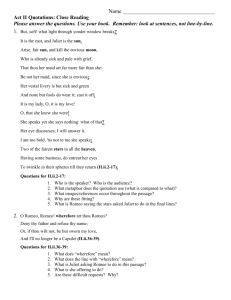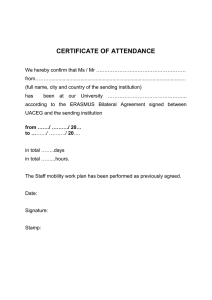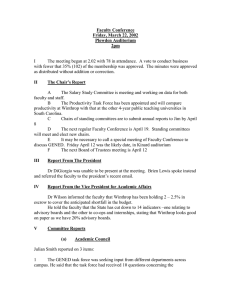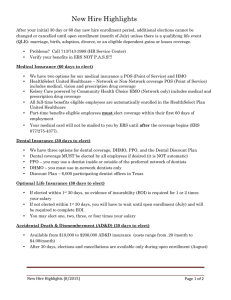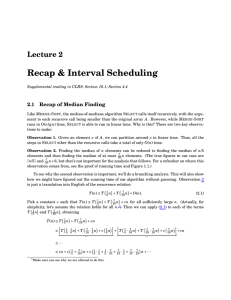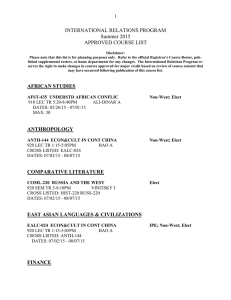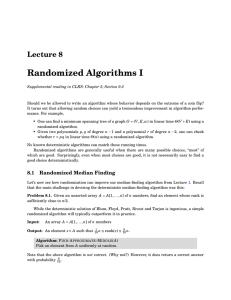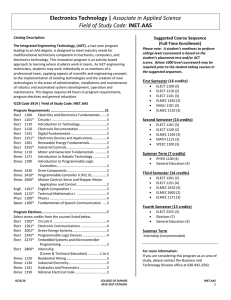Investigative Activities Victor Norman IS333 / CS332
advertisement
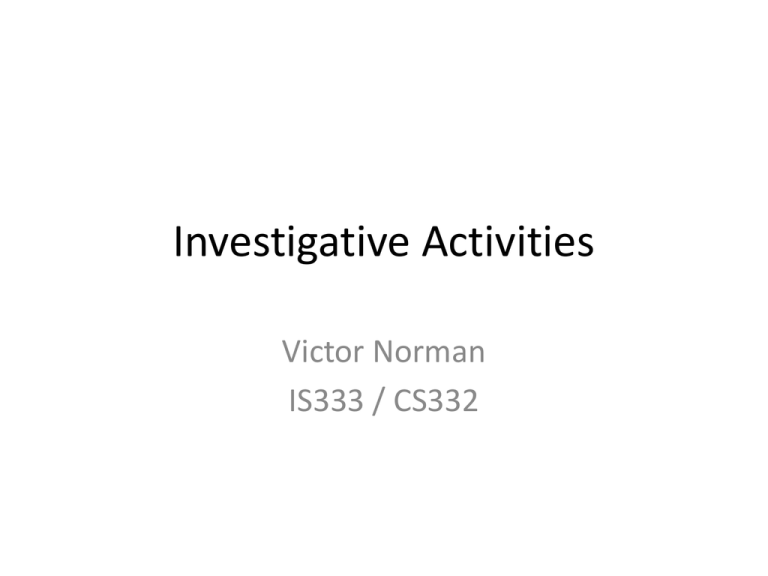
Investigative Activities Victor Norman IS333 / CS332 How does a learning switch work? • Form a group of 4 or 5. • Elect one student to be the switch, and sit in the middle. • Other students are the computers connected to each other via the switch. • Computers: huddle up and elect unique names for yourselves, without telling the switch the names you’ve selected. Do not use your regular parent-given names. • Keep a list of each others’ names available, perhaps on a piece of paper. Problem: allow all computers connected to the switch to communicate efficiently with each other. Rules • • • Computers cannot talk to each other directly – they must communicate via the switch in the middle. Computers do not know that they are connected to each other via a switch. They just know they can talk to other computers through their ethernet connections. Each time a computer wishes to talk (via the switch), it must tell the switch 1) who it is, and 2) who it sending this message to. – e.g., “I am Juliet, and this message is for Romeo: “wherefore art thou?” • • • • • The switch in the middle must allow communication between any pair of computers. The switch can copy messages and send them out to multiple computers. The switch must maintain the illusion that all computers can talk directly to each other – like on a bus. The switch can use paper and pen to keep track of stuff. The switch is passive – it does *NOT* generate any messages of its own. Goals: come up with the algorithm to solve this problem, in a way that is as efficient as possible – i.e., don’t waste time sending messages that don’t need to be sent to computers that don’t care, if possible. Thoughts… • What if a computer leaves? What if a new computer comes in? • What if a new computer (with a new name) replaces an old computer? • What if a computer moves to a new location around the outside?
